Our Merchant Seamen records are packed with photos and stories of remarkable Black mariners
9-10 minute read
By The Findmypast Team | October 30, 2020
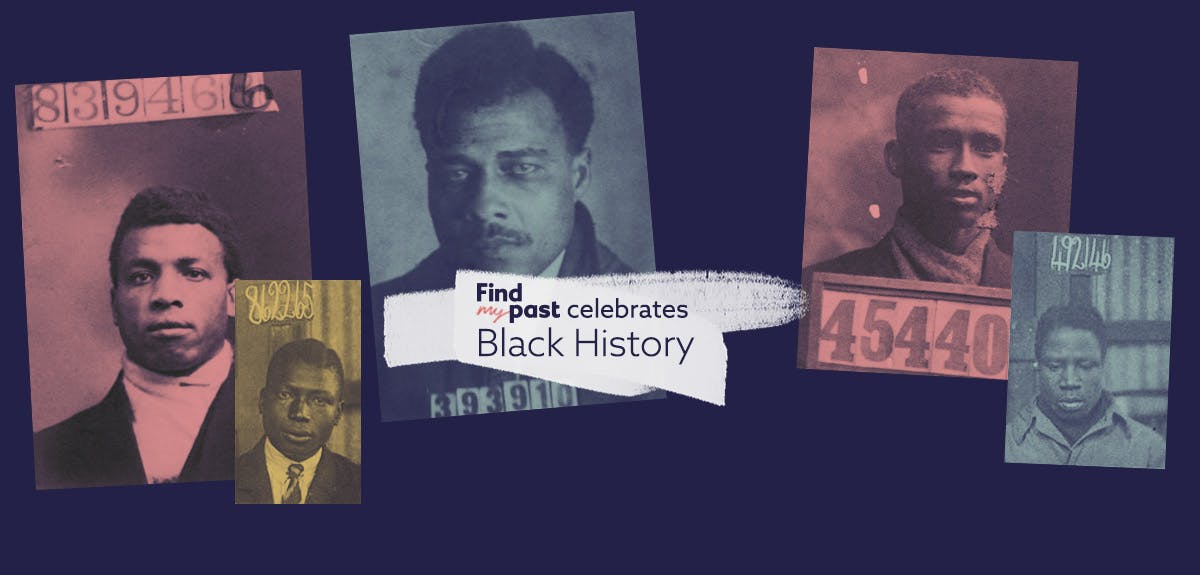
Thousands of remarkable Black sailors have helped to shape Britain's rich maritime history. Rachel Roberts delved into our Merchant Seamen archives to prove it.
The contributions of Black seamen to the Merchant Navy have been overlooked for two reasons. The first is a disservice met by all merchant seamen, who are often overshadowed by the Royal Navy in our collective consciousness. The mere utterance of the word ‘navy’ conjures images of gunners and combat on the high seas. The second, more pointed reason for their neglect in maritime history, however, is that these mariners were Black.
Black seamen have been present on board British mercantile ships since before the transatlantic slave trade. However, their service in World War 1 was substantial and pivotal. Following the manpower crisis on the western front in the summer of 1918, many white merchant seamen joined the Royal Navy. To fill the void, the Merchant Navy called out to men in British territories, who chose to leave their homes and serve on the vessels that brought supplies to their imperial mother country.
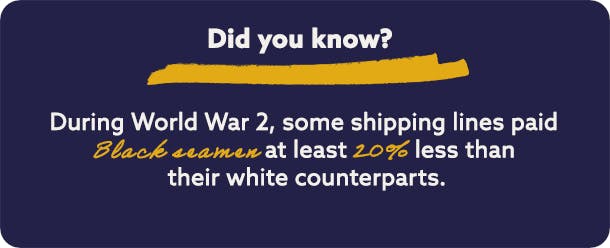
This was again the case during the Second World War when they were usually tasked with jobs white men did not want to do.
Central Index of Merchant Seamen
On Findmypast, you'll find Britain, Merchant Seamen, 1918-1941. The collection comprises copies of the Central Index of Merchant Seamen, a register that was introduced in October 1913 and continued in use until 1941. But there is one series of documents in this index which is of particular interest in the study of Black merchant seamen - the CR10 cards. These came into being in August 1918 to aid conscription and allow for closer scrutiny of merchant seamen. What isn’t apparent in the greyscale digitised images, however, is the difference in the colour of the cards themselves, that were used to distinguish between the ‘oil and water’ jobs of each seaman.
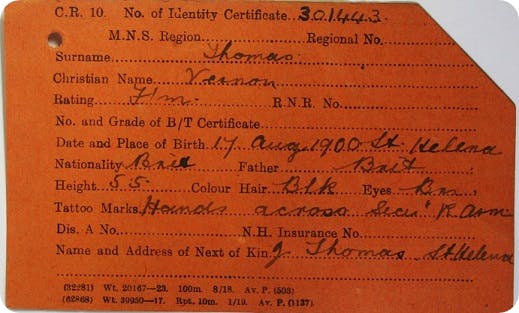
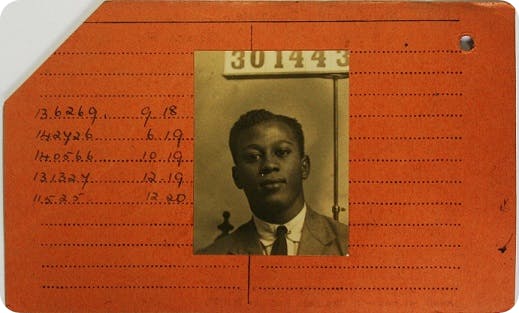
The CR10 of Vernon Thomas, a fireman from St Helena who served on board British Merchant Naval vessels in World War 1. He received a medal from the Board of Trade for his service.
Those who worked above deck, as able seamen, for example, have pink cards, while those who worked below, as mostly firemen, have orange cards. The overwhelming majority of Black seamen occupy orange cards. They held some of the dirtiest, most dangerous and exhausting jobs in the ship’s engine rooms, where it was assumed that they would be better suited to the roasting heat because of the climate of their home countries. These jobs included trimmers who shovelled coal out of a bunker into a wheelbarrow which they would then deliver to the fireman, who in turn shovelled the coal into the furnace. The cards of many of the men who worked in these positions have the word ‘deceased’ scrawled on them, indicating they died at sea.
The front of each CR10 card contains the seaman’s personal details, including physical attributes and nationality. Many of the cards of Black seamen in this collection bear the marks of the Scramble for Africa and the brutal history of European colonial power. Men born on Caribbean islands, like Jamaica and Barbados, are considered British. Those born in Abyssinia, now Ethiopia, are considered Italian, and those in Dutch Guiana, now Surinam, considered Dutch, to name but two.
On the verso, you'll find a passport-sized photograph of the seaman, alongside details of their foreign voyages. These matched a Service Certificate book known as an RS2 that each seaman kept himself, which included additional details about home voyages - those around the British Isles or to a port on the West European coast, that were not recorded on CR10s.
Photos of Merchant Seamen
The photos are perhaps the most interesting part of the collection and we are given clues to the photographic processes by looking at the backgrounds.

On the orange card above is Frank Country, a fireman from Sierra Leone, and on the pink is Francis Spilsbury, a cook from Banjul in The Gambia. There are no details of voyages on either card, so we are unable to glean from these records where these photos are likely to have been taken. However, as these men originally lived over 600 miles from each other, it's likely they were taken in port in Britain.
Colourism in the Merchant Navy
The CR10 series also highlights the issue of colourism, a further pernicious bias within racism in which there is a hierarchy of skin tone that affords certain privileges. Black merchant seamen seen on pink cards, and therefore employed in less dangerous and strenuous positions, tend to have comparatively lighter skin tones. Though there are examples of dark-skinned Black seamen employed in positions above deck, Francis Spilsbury above being one, this doesn't appear to be a frequent occurrence.
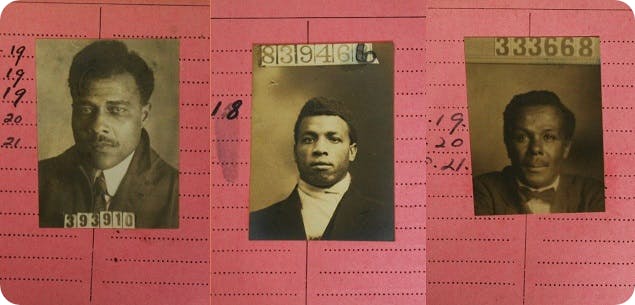
Desire Adela, a sailor from Mauritius, Henry Ethanial Adams, a cook from Barbados and Robert Agreat, a sailor from Trinidad.
Robert Agreat’s (pictured above) career with the British Merchant Navy lasted for over a decade. Like almost all the Black merchant seamen at the time, he was a recipient of the Board of Trade’s medal for his service in World War 1. In the early 1920s, he worked on vessels registered in Swansea and married a local woman in 1924.

Robert Agreat's 1924 marriage to Sadie Moss. View the full record.
It appears Agreat settled in Swansea until his death at sea in 1929, after the SS Radyr sunk off the coast of Devon. He was presumed drowned.
Black identities erased from history
These cards are also a reminder of the erasure of men willing to sacrifice everything in service of Britain.
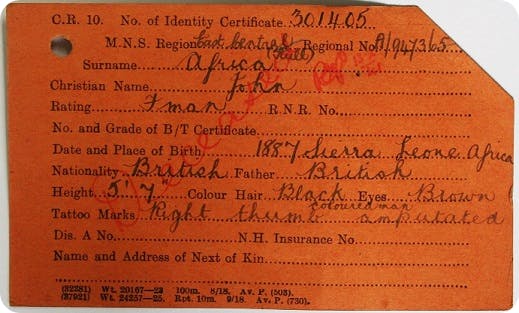
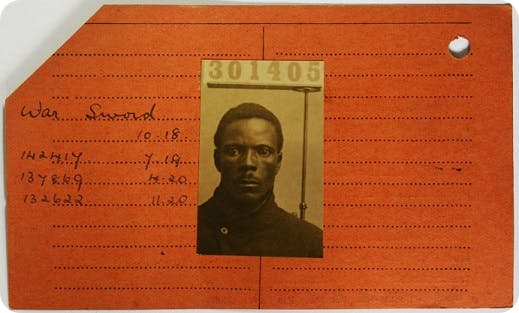
Above is the CR10 card of John Africa, a man who worked on vessels as a fireman for companies like the British India Steam Navigation Co and the Hain SS Co. John Africa, along with Tom and ‘Jimmy’ Africa, was a name often given to Black mariners and soldiers upon their first contact with the British, especially if their own African name was unintelligible to the British ear. Not only does this strip away the person’s identity, but it also complicates the tracing of their legacy.
In his record, John Africa is also noted as deceased during the years of the Second World War. But owing to the frequently erroneous information on CR10s, as they were copied from another form filled in at port, it can be difficult to distinguish from the multiple ‘John Africa’s' who died in the British Merchant Navy during the World Wars.
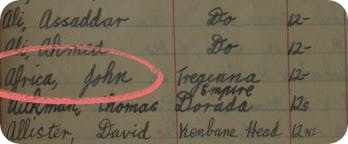
Above is one such example, likely to be a different man to the one above, employed as a donkeyman on SS Tregenna, which was sunk by a German submarine U-65 while carrying steel from Philadelphia to Wales on 17 September 1940.
Ancestors brought to life
There is a delight in looking at old photos but it's a much rarer phenomenon to discover a photo of an ancestor. This is especially true when tracing a Black ancestor in official records. You can't underestimate the impact such an image can have, especially one previously unseen. But what is perhaps most important in this instance, is that regardless of the information on the front of the seaman’s CR10 card - regardless of their rating, their colonial nationality, an erased name - the individual themselves is apprehended immediately. It gives a face to the name.
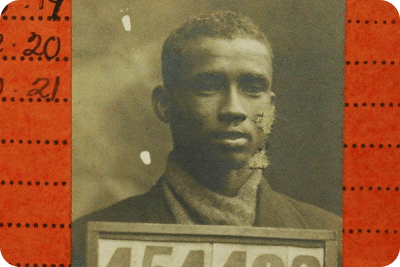
Abdeley Abde, a fireman from Berbera in Somalia. He looks almost as if he’s stepped out of this century, and would not look out of place on a commuter train in winter. View his full record.
Cornelius Alexander, a fireman from Capetown in South Africa, was clearly a dedicated follower of fashion. Many sailors in this series sport rounded collars popular in the decade before the pointed collar became en vogue in the early 1920s. View his full record.
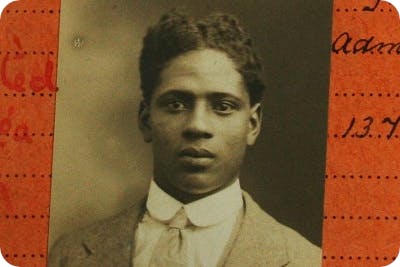
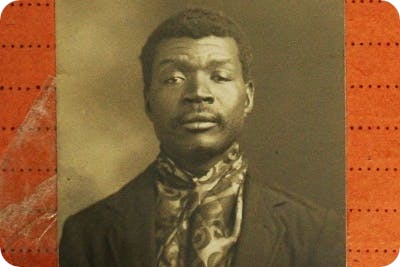
Fine Boy, a fireman from Bo in Sierra Leone. His stare is proud and his scarf elegant. Its pattern appears to be Islamic, which would gesture to the Mendi heritage that is noted on the front of his card. The misplaced adhesive also makes you think of the physical processes involved in making these cards, and the larger systems these men were part of. View his full record.
Felix Harrison, a fireman from Freetown in Sierra Leone. Scarves and overcoats like Felix's would have been prized items, both for the open seas and for time ashore in Britain or colder climates like Canada, if their voyages took them there. View his full record.
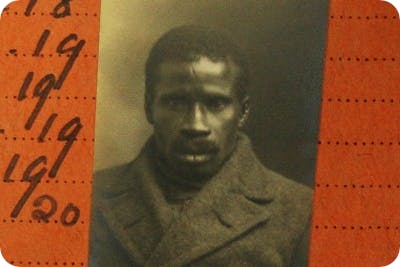
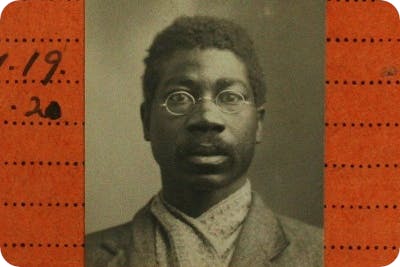
Moses Abrahams, a fireman from Freetown in Sierra Leone, looking not unlike a young academic, bespectacled and wearing a neat, patterned scarf. View his full record.
Mohamed Abadree, a fireman from Berbera in Somalia, who exudes a striking regality in both his stance and clothing here. This photo is also a good example of the fashionably parted, high-gloss hairstyles worn by many Somali mariners in this series. View his full record.
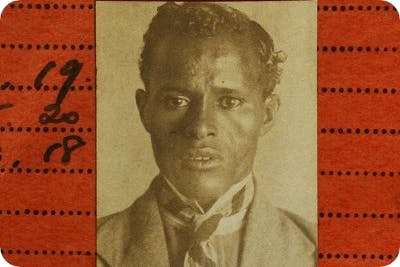

Simon Richardson Alexander, a sailor from Roseau in Dominica. This photo was likely to have been taken in either 1918, as Alexander served in World War 1, or 1919 before the first voyage detailed on his CR10. He looks to be wearing army khaki, perhaps bought second-hand after the war if the army was getting rid of surplus stock, or bought at a discounted price if a manufacturer had unsold stock no longer wanted by the Army. View his full record.
Alexander is one of the seamen in the series with multiple CR10s, indicating that he’d lost his first RS2 Identity Book. When this happened, seamen would be issued with a new card and number and their existing CR10 card was cancelled. The first photo comes from Alexander’s cancelled card, suggesting he misplaced his first set of work documents. This allows us the opportunity to glimpse at this sailor in another snapshot on his renewed CR10 card, sporting a more smart-casual ensemble. View his full record.
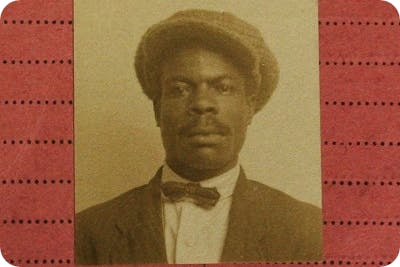
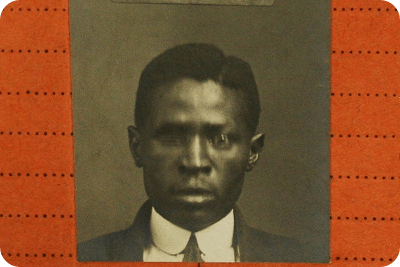
Soobit Sarbool, a fireman from Zanzibar. On his card, it's written that he has lost his right eye and the blurriness of the photo, owing to a slight movement by Sarbool, makes for quite a haunting stare. View his full record.
In addition to these snapshots, physical descriptions allow us to envisage these men in greater detail. Tattoo marks especially, like Vernon Thomas at the start of this article, and his traditional "Hands across [the] Sea" nautical tattoo - usually, but not always, a token of romantic love. Mario Dasta (pictured here), a fireman from Harar in Ethiopia, had a tombstone tattooed on his right arm. View his full record.
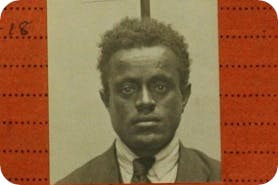
Celebrate their legacies
Despite their service in Britain’s moments of greatest need, the loyalty demonstrated by Black seamen was not reciprocated. Many lost their jobs in favour of returning white seamen. For those in work, jobless ex-servicemen attacked the boarding houses in which they lodged, leading to mass riots in port cities like Cardiff, Liverpool, and London.
Following these riots, the Special Restriction (Coloured Alien Seamen) Order was implemented in 1920, which obliged Black foreign-born seamen and other non-black people of colour who were citizens of the empire to register as aliens and endure the very real threat of deportation. And though their nationalities read ‘British’ on the documents issued upon their engagement, the African merchant seamen who lost their lives were not recognised as British subjects and their families were not compensated for their loss. Nevertheless, those who settled have created vibrant communities in British port cities and beyond, enriching modern Britain.
A huge thank you to Southampton City Archives and their archivist Jo Smith for their extensive knowledge of merchant naval history, and for allowing us access to their records to get these original photos.
This article is also indebted to David Snook’s work on CR10s in relation to Irish and Canadian mariners, and also Ray Costello’s book Black Salt: Seafarers of African Descent on British Ships, published by Liverpool University Press.
Related articles recommended for you
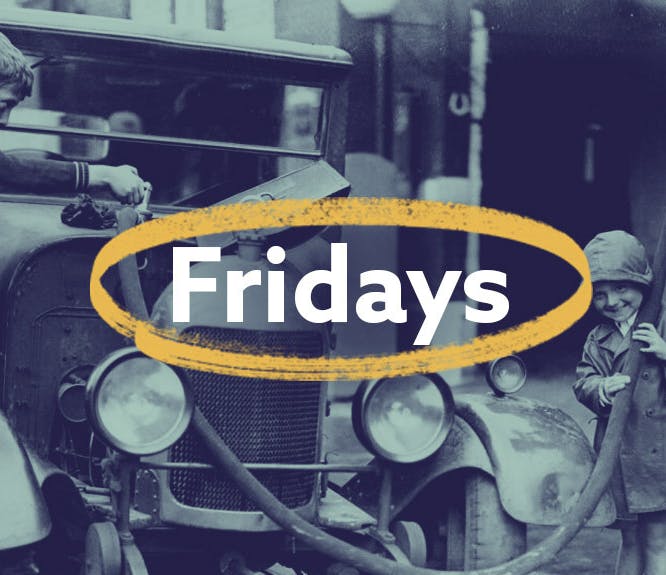
New and exclusive Coventry records now online
What's New?
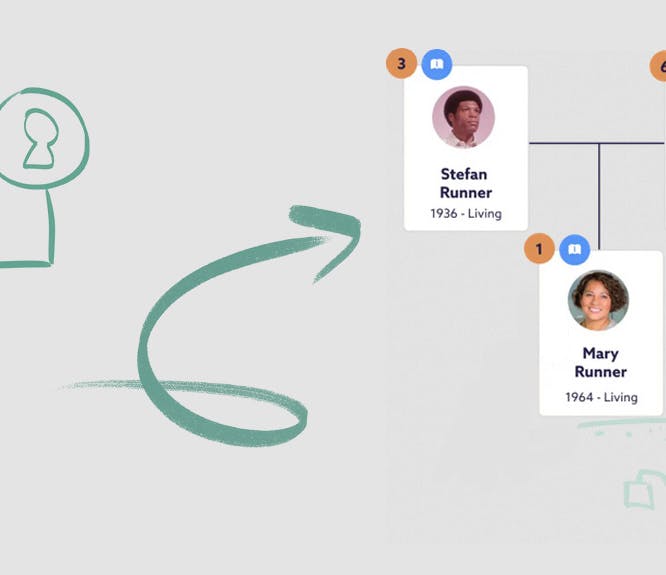
Everything you need to know about importing and exporting family tree GEDCOM files
Build Your Family Tree
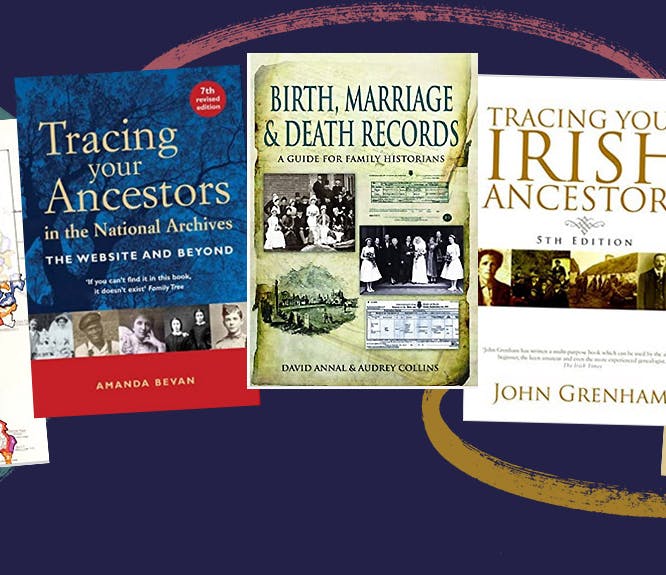
Five family history books for getting started in genealogy: our experts' recommendations
Help Hub

